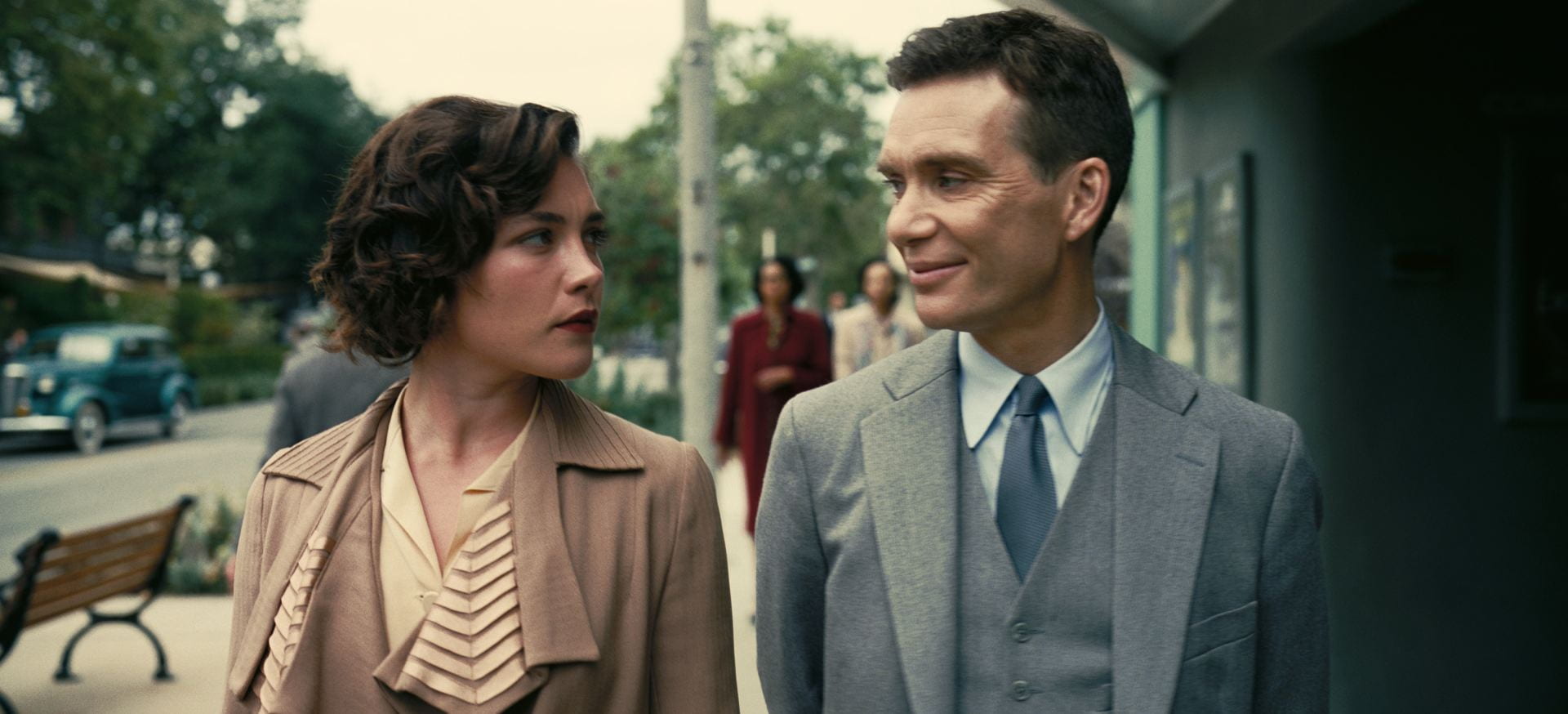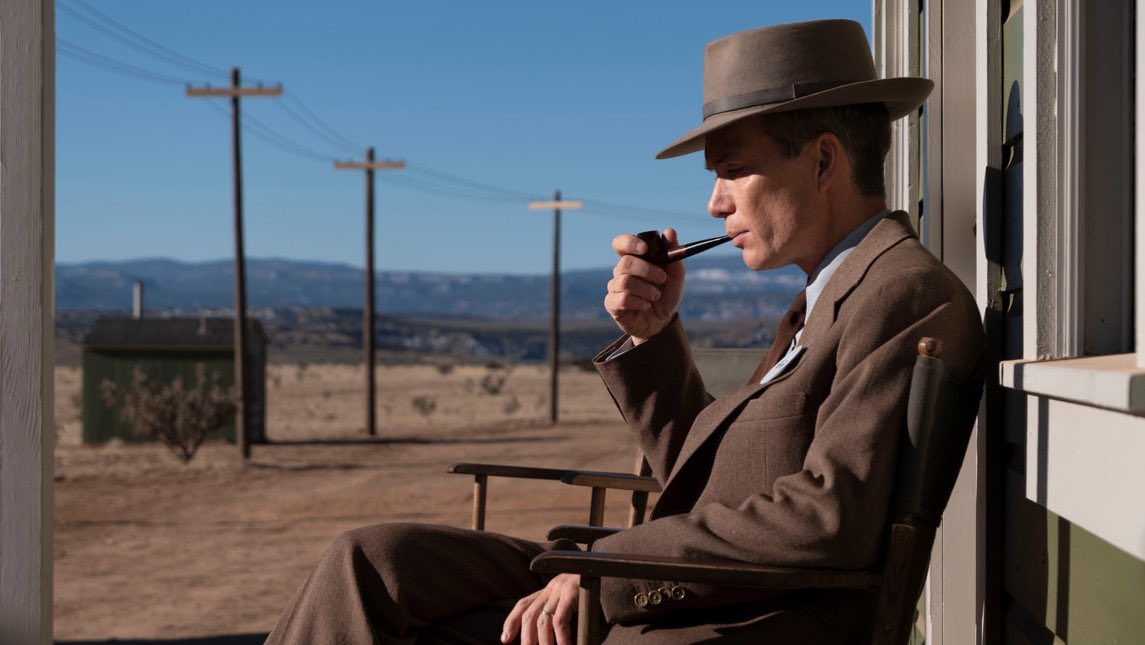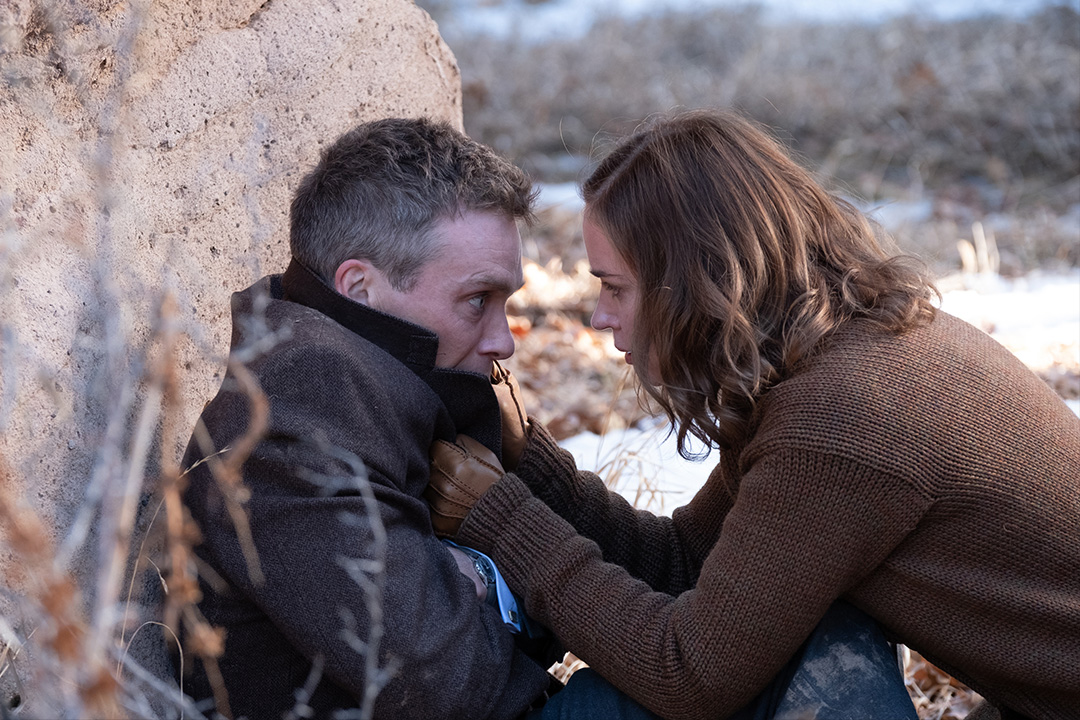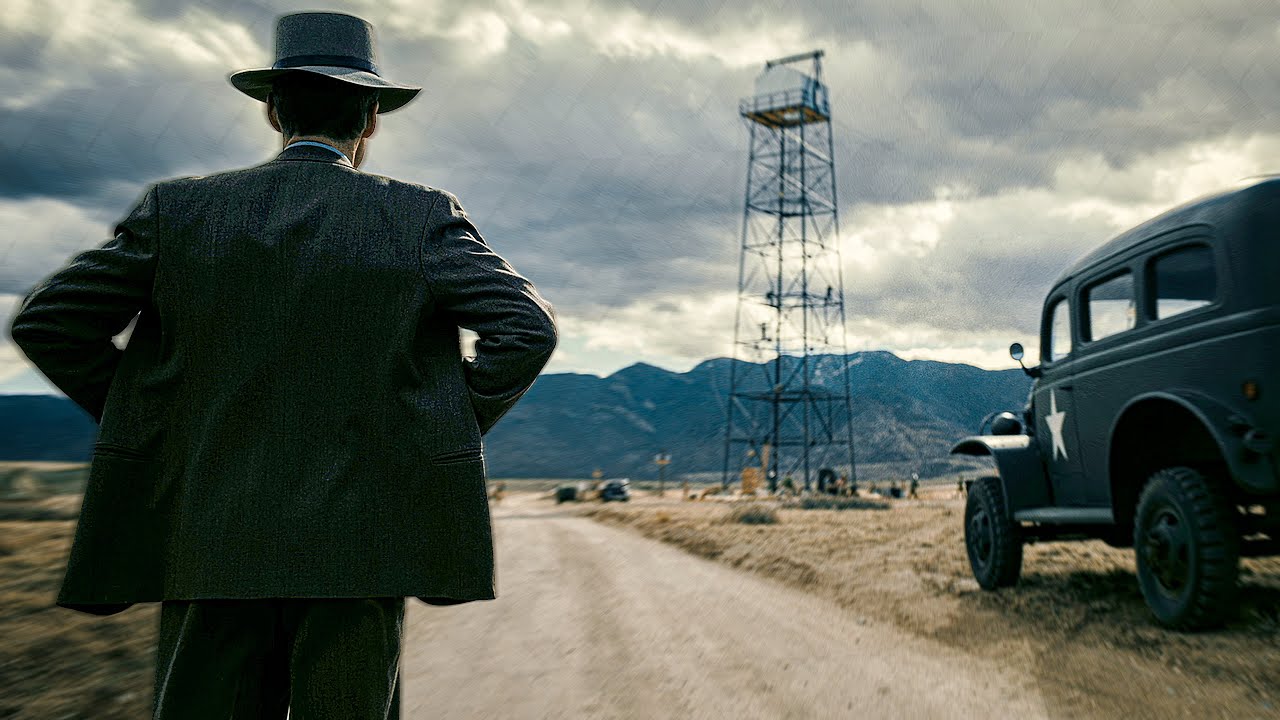6. Barbenheimer: A cultural phenomenon that saved the movie theater experience

After years of uncertainty with the pandemic at a transitional moment for the industry where major studios and streaming platforms refuse to sit down and negotiate with striking writers, countless productions and release schedules have been indefinitely halted, and the advent of artificial intelligence threatens to dismantle Hollywood’s ecosystem altogether, a lot was riding on the double-feature showdown known as “Barbenheimer” to provide the shot in the arm that movie theater chains around the globe needed in order to survive.
The unlikely but inextricably linked pairing of Greta Gerwig’s candy-coated doll comedy and Nolan’s character study caught on as a viral pop culture craze, taking the world by storm and fueling interest for both summer releases, which collectively raked in a stunning billion dollars globally in just 9 days. Though hardly a barometer of quality, the fact that a three-hour R-rated period piece not based on existing intellectual property like “Oppenheimer” continues to defy expectations and is now tracking to surpass $700 worldwide is a minor miracle in our post-pandemic cinematic landscape where original ideas seldom receive the crowd they deserve.
Nolan, a huge proponent of the theatrical experience whose name alone generates box office attention, deliberately shot his new film on large-format IMAX cameras to provide the biggest bang possible for the audience’s buck: “We put a lot of effort into shooting it in a way that we can get it out on these large format screens and give people an experience that they can’t possibly get in their home.”
7. It’s the film Christopher Nolan has been working towards his entire career

It may sound preposterous to posit that the mastermind behind “Memento”, “The Dark Knight” and “Inception” continues to get better at making movies, but with his latest achievement still fresh in the mind, “Oppenheimer” genuinely feels like the culmination of every aesthetic and thematic through line in the grand tapestry that is Christopher Nolan’s career as well as the clearest, yet most complex expression of his cinematic vision.
Though his movies have had a chokehold on pop culture for the better part of the century, Nolan doesn’t always receive his due, dismissed in some quarters as merely a relatively talented ideas man who turns bright original concepts into populist entertainment that panders to the lowest common denominator. While he’s had his fair share of duds, a film like “Dunkirk” should have been enough to beat such baseless allegations. Either way, “Oppenheimer” stands as concrete proof that Nolan can excel at the kind of prestige fare that is catnip for Oscar voters while still probing career-long obsessions and putting his own authorial stamp. Sure, there may be more flat-out, top-to-bottom entertaining entries in his catalog, but “Oppenheimer” is by far the most consistent and fully-formed work yet, and the first one to fully ground its narrative hijinks and popcorn thrills in compelling human drama.
8. The Trinity test sequence

The world’s first atomic explosion was conducted during the final weeks of World War on July 16, 1945, during a top-secret military operation code-named Trinity in which Oppenheimer directly oversaw the testing of a plutonium implosion device hoisted at the top of a 100-foot tower located about 200 miles south of Los Alamos in an isolated part of New Mexico.
In an awe-inspiring feat of practical effects wizardry that easily rivals the time he filmed fight scenes in a zero-gravity rotating hallway for “Inception” or crashed a real 747 airplane into a building on the set of “Tenet”, Christopher Nolan and his team set out to recreate the historic 200-foot-high nuclear explosion without using CGI. Instead, his team relied on analog methods and old-school editing trickery—going to great lengths to do so by detonating a high-octane combination of TNT, black powder, gasoline, magnesium, and aluminum powder.
The result is a breathtaking 10-minute showstopper sequence that doubles down as a fitting coda to wrap up the first two acts of the narrative. “The fact that these scientists had determined there was a small statistical possibility that the test would ignite the atmosphere and destroy all life on Earth, and they went ahead with the test anyway struck me as the most dramatic situation in the history of the world,” argues Nolan. “So you want the scene to be beautiful but also horrifying, it had to have beauty and evoke awe but also feel lethal, and things that are photographed for real are going to inherently have more weight to them — they’re going to have that threat.”
9. It’s a film that invites and provokes debate and discussion

Despite opening to near-universal acclaim and a great box office haul, “Oppenheimer” has sparked passionate discussions regarding its depiction of its polarizing protagonist and hot-button subject matter. Whether the famed Jewish physicist is supposed to be a template for mankind’s self-destructive hubris, political martyrdom, or American cruelty — or, to that point, whether Nolan’s reluctance to show the devastation of the Hiroshima and Nagasaki bombings that resulted in more than 200,000 casualties in explicit detail is truly justified — is really up to the viewer to decide.
But in a cinematic market increasingly ridded with ever-expanding shared universes, tentpole releases that soften the edges for mass market appeal, and weightless Oscar-bait prestige fare that patronizes its audience, it’s so refreshing to stumble upon a summer blockbuster grounded in real-life issues that actually challenges conventional viewpoints, encourages dialogue, and inspires further research on its subject matter. Regardless of whether you love it or hate it, the very fact that a $100 million studio release that prompts nuanced moral dilemmas and grapples with our past, present and future has become a huge talking point is commendable and bodes well for the future of film criticism and media consumption at large.
10. In the director’s own words

“I’ve always been drawn to ambiguous characters defined by action who have interesting layers and are in some sense at the mercy of paradox. So, for me, Oppenheimer was a natural fit, and reading the book ‘American Prometheus’ gave me confidence to make this film.”
“I believe you see in the Oppenheimer story all that is great and all that is terrible about America’s uniquely modern power in the world and the fraught relationship between science and government. And there are no simple answers to the questions that it raises, and anyone claiming simple answers to Oppenheimer’s story, let alone to the film itself, is definitely ignoring certain aspects. He is the ultimate Rorschach test. There are just difficult questions, impossible dilemmas, and that’s what makes it so compelling.”
“His story is central to the way in which we live now and the way we are going to live forever. It absolutely changed the world in a way that no one else has changed the world. He gave the world the power to destroy itself. No one has done that before. The people who know nothing are going to get the wildest ride because it’s a wild story, and because, you know, he’s the most important man who ever lived.”
– Christopher Nolan in discussion with Wired, The Bulletin, THR, and The New York Times.